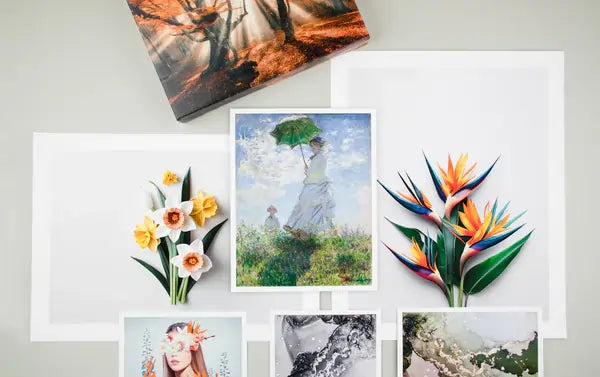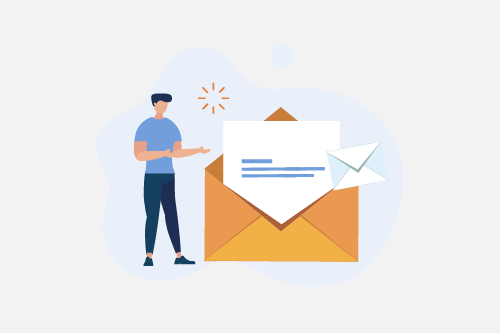Giclée vs Photo Prints: Which Should You Choose?
If you are new to printing, choosing between giclée and photo prints can feel confusing. This guide explains how each method works, what it is best for, and how to decide based on longevity, look, and budget.
What Is a Giclée Print?
Giclée printing uses wide-gamut, pigment-based inkjet printers and archival media to produce detailed, color-accurate prints. The printer sprays microscopic dots of pigment ink through many channels, typically up to 12, which creates smooth gradients, rich blacks, and excellent color depth. Papers are usually fine art cotton or alpha-cellulose with matte, textured, or baryta surfaces.
Explore our process on the Giclée Fine Art Prints page.
What Is a Photo Print?
Photo printing, often called C-type, uses light-sensitive photographic paper that is exposed by a digital light source and then chemically processed. The result is a smooth, photographic look with excellent tonal transitions. Photo papers are typically glossy, luster, or matte RC papers with a sleek surface and strong scratch resistance.
Key Differences at a Glance
| Feature | Giclée Prints | Photo Prints |
|---|---|---|
| Imaging method | Pigment inkjet micro-spray | Light exposure on photo paper |
| Ink or chemistry | Archival pigment inks, up to 12 colors | RA-4 type photographic processing |
| Media | Cotton rag, baryta, textured matte, canvas | Resin coated photo papers in gloss, luster, matte |
| Look and feel | Fine art surface, deep blacks, painterly or baryta sheen | Sleek photographic surface, very smooth gradients |
| Longevity | Excellent with archival papers and pigments | Very good with proper paper and storage |
| Best for | Fine art, illustration, watercolor and mixed media reproductions | Film and digital photography, high gloss presentation |
| Finish variety | Matte, textured, baryta, canvas | Gloss, luster, matte RC |
| Editioning | Common for limited editions and certificate packages | Common for open editions and photo portfolios |
When to Choose Each
| Use Case | Choose Photo Prints | Choose Giclée Prints |
|---|---|---|
| Digital photography portfolios | ✓ | ✓ |
| Film scans and darkroom-style look | ✓ | ✓ |
| Watercolor or textured artwork reproductions | ✓ | |
| Illustration, graphite, mixed media | ✓ | |
| High gloss presentation with strong surface pop | ✓ | |
| Limited editions and archival fine art editions | ✓ |
Cost Comparison
For loose prints, pricing can be similar, especially at popular sizes. High-volume photo labs may price some sizes lower. Fine art cotton papers and baryta papers used for giclée can cost more per sheet but offer premium feel and longevity.
- Check current size options and rates on our print sizes and pricing page.
- If you ship to yourself for signing or framing, review shipping options and policies.
How to Decide
- Match the medium. Choose giclée for fine art papers and textured surfaces. Choose photo prints for a sleek photographic look.
- Consider longevity and editioning. Giclée with archival papers is favored for limited editions and certificates.
- Think about finish. If you want gloss or luster, photo papers excel. If you want matte or texture, giclée offers more choices.
- Test before a run. Order proofs or a sample kit to compare surfaces with your image.
Proofs and Sample Kits
Testing output on the actual media is the fastest way to make a confident choice. You can order small proofs or start with our Free Media Sample Set to feel surfaces and see white points before you commit to a full run.
Next Steps
- Pick a finish and surface that fit your artwork and audience.
- Decide on size and borders, then order a single proof.
- Finalize edition details if applicable, then place the full order.
Have questions about media or fit for your project? Contact our team. We are happy to recommend papers and finishes based on your file and intended use.









